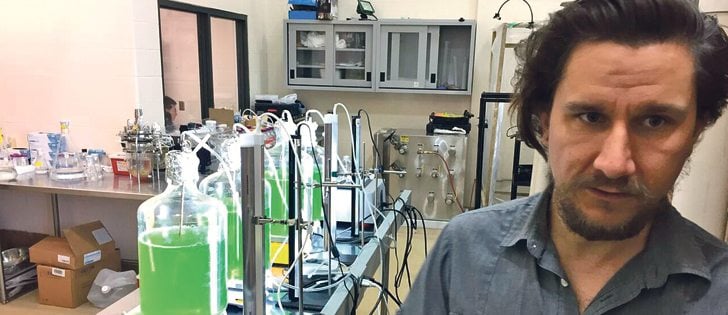In this period of cataclysmic moves in the world’s commodity markets, it’s easy to forget about the humble hard work that goes into building the real-world markets that prairie farmers actually sell their grains in.
I just got back from a news event at the cancer centre at Winnipeg’s St. Boniface Hospital. A big human test has just begun that will see whether flax foods really have the power to reduce cardiovascular disease. 250 people will be receiving packages of frozen food every month for two years. One group will receive products containing flax. One will receive flaxless products.
Read Also

Higher farmland taxes for investors could solve two problems
The highest education and health care land tax would be for landlords, including investment companies, with no family ties to the land.
Every six months all 250 people will have their cardiovascular health tested to see if there are any differences between the groups.
The hope of the researchers is to find out whether it is worth promoting flax as a health-promoting food, and the hope of the government-funded agency that put up some of the money is to prove that flax is indeed a superfood, and a bigger market for farmers’ flax can be built.
It’s a small, incremental step in the process of building new markets for farmers – and this one won’t have results for years – but that’s the kind of thing that is hoped to give farmers a few more cents per bushel for their crops, because over the decades, being a producer of nothing but undifferentiated commodities has not been a recipe for riches.
Last week I attended another product launch: the Canadian Wheat Board is putting up some of the money, along with Primo Foods – which is putting up four times as much, to promote whole grain pasta that uses 100 percent Canadian durum. Canada isn’t a big durum market, and not everyone will end up buying this all-Canadian pasta, but it’s another example of the kinds of small, incremental market advances various parts of the prairie grain industry are trying to make.
They may not seem as exciting or terrifying or dramatic as the moves in the world’s commodity markets this year, but they are the kind of things that over decades can make a big difference.















